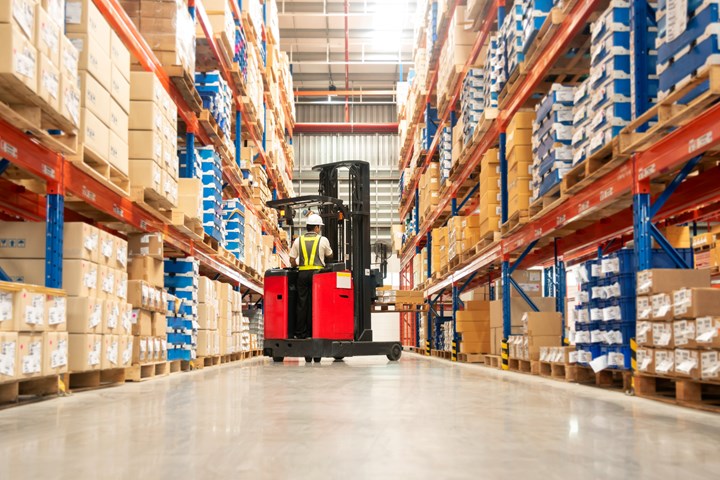
Worldwide, headlines continue to echo that supply chains across industries and continents are still in flux (The New York Times calls this the Great Supply Chain Disruption). Reasons are mixed: pandemic-related labor shortages, power outages in the U.S. earlier this year and power shortages in China this fall, rising fuel costs — all generally leading to delayed shipments, rising prices, and for some consumer goods, empty grocery store shelves.
What about the composites industry?
In a recent Business Index column, Gardner Intelligence chief economist Michael Guckes reported that, “Mixed signals from the Composites Fabricating Index suggest that supply chain problems are holding back the industry from greater expansion.” (See the latest Business Index columns here: compositesworld.com/hashtag/economics)
CompositesWorld recently conducted a survey with Gardner Intelligence to see what readers are experiencing, following up on a similar survey earlier this year that we reported about in May 2021.
Of the 127 total survey respondents in the fall 2021 iteration of the survey, 72% reported supply shortages over the past few months, 72% reported challenges or issues in lead times, 61% reported labor shortages, 33% reported wage rate escalation and 15% reported challenges related to new policies and regulations. In addition, the majority of respondents reported that they are somewhat (21%), moderately (29%) or extremely (27%) concerned about how supply chain disruption may affect their operations going forward.
Similar to the survey earlier this year (which had 144 total respondents), epoxy, polyester and vinyl ester are reported to be the top three resins that have been most difficult to acquire over the past three months. Among fiber types, 72% of respondents listed glass fiber as being difficult to acquire, and 52% reported carbon fiber — woven fabrics, rovings and multiaxial fabrics in particular. Fifty-eight percent of respondents also listed shortages in foam core, with smaller percentages reporting shortages in other core types such as honeycomb or balsa.
What are the reasons given by suppliers for supply chain disruption? Sixty percent of respondents reported shipping delays, 48% reported unusually high demand and 27% reported inclement weather and winter storms.
When do fabricators expect the supply chain situation to return to normal? Forty percent of respondents reported that they do not know, and 38% reported that they think it will be more than 16 weeks from now.
Looking ahead to future growth
In the most recent survey, respondents were also asked to look ahead to the next five years. Automotive/transportation, aerospace/aviation, wind energy, advanced air mobility (AAM) and building/construction were all listed as markets expected to drive composites growth in the coming years.
Given current supply chain disruptions, what will the market look like in five years? Material supply shortages (61%) and workforce labor availability (60%) are the top reported answers for factors that could impact the industry’s ability to meet market needs in the next five years. However, 45% of respondents said they are 80% confident the industry will be able to meet market needs in five years (16% said they are 100% confident; 24% said 60% confident).
Do these survey results line up with your experiences? If you are a composites fabricator or supplier, we would be interested in hearing your story and learning more about how your facility is navigating today’s supply chain situation.
Feel free to reach out to me at hmason@compositesworld.com or CW Editor-in-Chief Jeff Sloan at jeff@compositesworld.com with your feedback.
Read Next
Ultrasonic welding for in-space manufacturing of CFRTP
Agile Ultrasonics and NASA trial robotic-compatible carbon fiber-reinforced thermoplastic ultrasonic welding technology for space structures.
Read MoreScaling up, optimizing the flax fiber composite camper
Greenlander’s Sherpa RV cab, which is largely constructed from flax fiber/bio-epoxy sandwich panels, nears commercial production readiness and next-generation scale-up.
Read MoreNext-gen fan blades: Hybrid twin RTM, printed sensors, laser shock disassembly
MORPHO project demonstrates blade with 20% faster RTM cure cycle, uses AI-based monitoring for improved maintenance/life cycle management and proves laser shock disassembly for recycling.
Read More

.jpg;width=70;height=70;mode=crop)





















